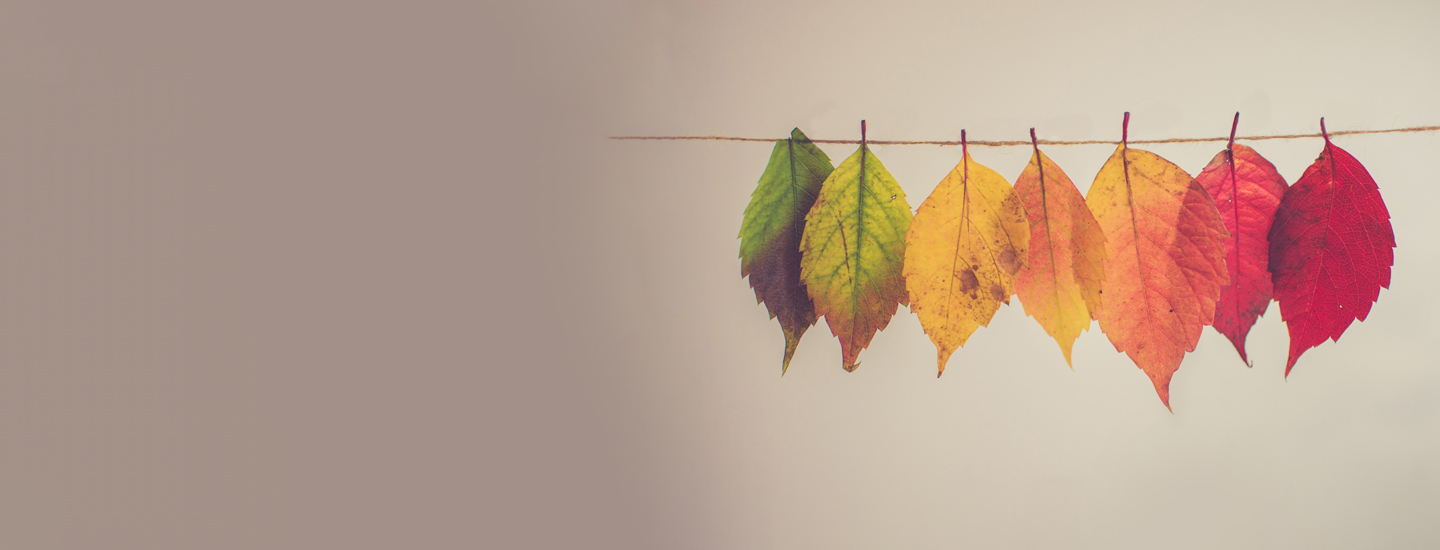Authors: Professor Theresa Rajack-Talley1 PhD, Professor Patti Doyle-Bedwell2 LLM & Catherine Martin3 MEd
1Vice Provost Equity & Inclusion and Professor of Pan-African Studies; 2 Native Studies Instructor, Faculty of Open Learning & Career Development & co-Chair of the Indigenous Advisory Council; 3 Director of Indigenous Community Relations; Dalhousie University, Halifax, Nova Scotia, Canada.

Theresa
Thinking about stewardship and the Indigenous population at Dalhousie, I recall the slogan 'Nothing about us without us'. Hence, this is a reflective co-authored piece co-authored that includes the voices, experiences and perspectives of Indigenous colleagues.
The word 'stewardship' can capture several administration functions – managing, supervising, taking care of, etc. Linking the word stewardship with Indigenous peoples immediately conjures up the historical narrative of colonialism that managed the affairs of Indigenous peoples, much to their disadvantage. The challenge of institutions built on the foundation of colonialism, racism, and the oppression of non-white people (see Lord Dalhousie Report) steeped in the stewardship of Eurocentric meritocracy, culture, power, practices, and rules is how to drive their transformation.
As a racialised female administrator, I believe that transformation while difficult and slow is possible. For example, it took decades for Dalhousie to develop successful Indigenous initiatives and programmes, increase its Indigenous demographics, studies, transition programmes, student support, research, and community engagement. The empowerment of the Indigenous community to engage in their own stewardship is work in progress as my colleague, Patti Doyle-Bedwell goes on to explain.

Patti
I am a Mi’kmaw/Irish woman. When I arrived at Dalhousie (Dal) as a student in 1980, there were no Indigenous faculty or staff, and barely any books in the library about our history. I felt a lack of belonging with no space to call our own. As a former Vice-President (VP) Student Services once told me, "You are not Dal’s problem, you are Indian Affairs problem". At that time, many of us experienced a similar lack of understanding about our culture, community and family responsibilities. Because of my experience floundering in a colonial institution, my focus since has been to foster Indigenous education and student support. I want to be the support that other Indigenous students need and to ensure we have a strong community at Dal.
My work towards decolonising Dal and making space for us has taken decades. Specific to Indigenous stewardship, the first Indigenous Advisory Council was formed in 2013. We developed terms of reference and clarified our role as advisors to the President and VP Academic. Our first meeting as an interim Council took place in August 2013 with invitations to all Dal’s Indigenous faculty and staff. At that time, the numbers were about seven while today they sit at 183 with 679 students (2020 data). In 2015, the Truth and Reconciliation Commission (TRC) released their report and 2018 saw Dal create the first Indigenous Strategic Report that includes elements of stewardship. As part of these developments, I feel a huge responsibility to help navigate the cultural divide and co-create a positive climate at Dal that respects its Indigenous community. We are slowly dismantling the barriers that held us back for too long. Today, we have resources, and a critical mass of Indigenous faculty, staff and students. However, we still have a long way to go to feel we fully belong and have stewardship.

Catherine
Etuaptmumk (Two-Eyed Seeing)[1] is a Mi'kmaw concept coined by Dr. Albert Marshall and his wife, Dr. Murdena of Eskasoni Mi’kmaw community in 2004 at Cape Breton University, Nova Scotia, working with Dr. Cheryl Bartlett to transform the university to hold space for Mi’kmaw students and faculty. We often explain Etuaptmumk – Two-Eyed Seeing by saying it refers to learning to see from one eye with the strengths of Indigenous knowledge and ways of knowing, and from the other eye with the strengths of Western knowledge and ways of knowing – and learning to use both eyes together for the benefit of all. Elder Albert indicates that Etuaptmumk – Two-Eyed Seeing "is the gift of multiple perspective treasured by many Aboriginal peoples. It is the requisite guiding principle for the new consciousness needed to enable integrative collaborative work."[2]
For example, world-renowned Mi’kmaw Dr. Rita Joe of Eskasoni, a gentle soul and prolific poet, was ahead of her time despite being a residential school survivor. She composed a song called "Two Roads" and often sang this to mixed audiences; it reaffirms the concept of Etuaptmumk by asking audiences to meet us halfway. Similarly, the late Chief Noel Doucette of Potlotek, a strong leader in his time, said that effective governance is to treat all as if they are your family, respecting every living being. Grand Chief Donald Marshall led the nation in this way. In a family, we are related, yet we all have different perspectives. We may collide, someone may leave, but as family, they are always welcome to return.
Stewardship denotes for the two-eyed seer the importance of respecting one another's ways, but not to take and claim them as one’s own. It is certainly not about imposing one’s value system on another, rather it's about respecting one another’s views, walking two roads side-by-side and moving forward together. It is important, especially in this tumultuous time, to live according to this concept. To bring back harmony, balance, and hope for the next generations. Etuaptmumk is not a new concept; it is as ancient as our Mi’kmaw oral history and highly relevant today. It is a way of life. As Rita Joe, writes "So gently I offer my hand ask, let me find my talk so I can teach you about me." M’sit Nokomaq – All My Relations.

Fairer society
We are passionate about working with researchers globally to deliver a fairer, more inclusive society. This perhaps has never been more important than in today’s divided world.
